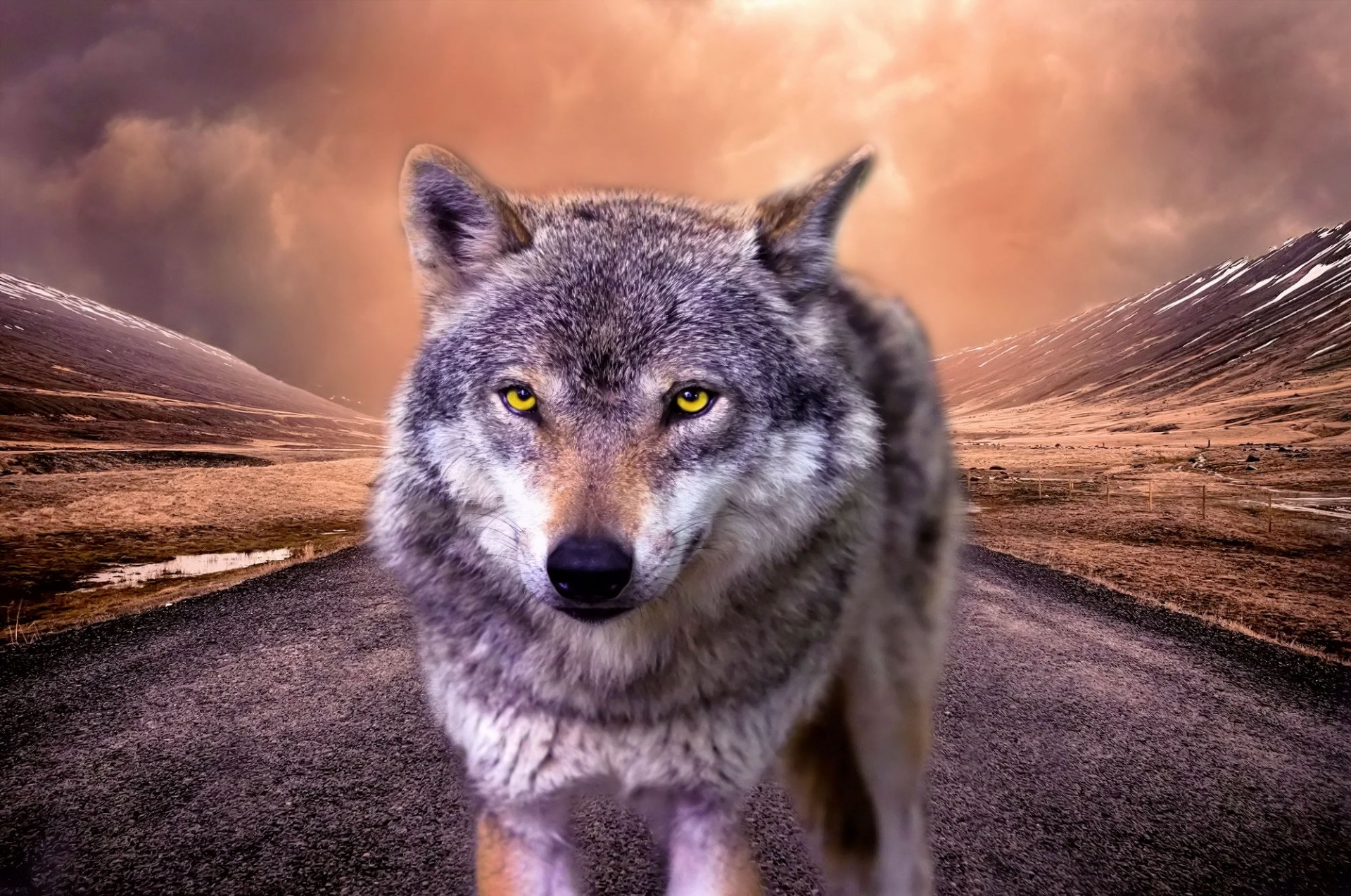This story has little do with science. Unless you consider the science of empathy. We often think of empathy as a form of pity but in ethology that’s not what it is at all. It’s about seeing the world through someone else’s eyes. And nothing has help me more with that than living in Mexico.
 I know this guy. He’s a good guy – hard working, wants to do right by his wife and kid – but somehow he’s found himself in an unusual position in the debate over US/Mexico immigration.
I know this guy. He’s a good guy – hard working, wants to do right by his wife and kid – but somehow he’s found himself in an unusual position in the debate over US/Mexico immigration.
This fellow adores his home country but also has a healthy sense of wanderlust. Yes he loves his countrymen and his family but also wants to see the world and take on new challenges. So a few years ago he crossed the US/Mexico border in a less-than-legal way.
He could have stayed home, he made enough money to support a meager existence there, but he sensed there were more opportunities if he crossed the border. A better life – more money, better living conditions – and adventure to boot! Imagine the things he would see and the stories he could tell when he got home. He’d be a man of the world.
So he did it. He didn’t have paperwork but he had a plan and he managed to pull it off. And he was right. This new country was everything he’d hoped for – work, adventure, opportunity. Finally he could afford to raise his family and live the life he wanted. He worked hard while socking money away with an eye towards buying a house back home someday – all the while trying desperately to not insult the people around him. Continue reading
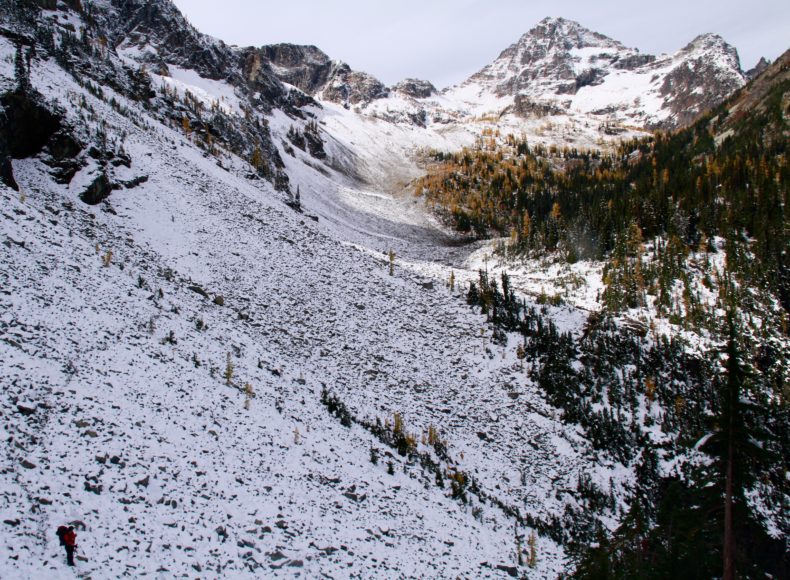
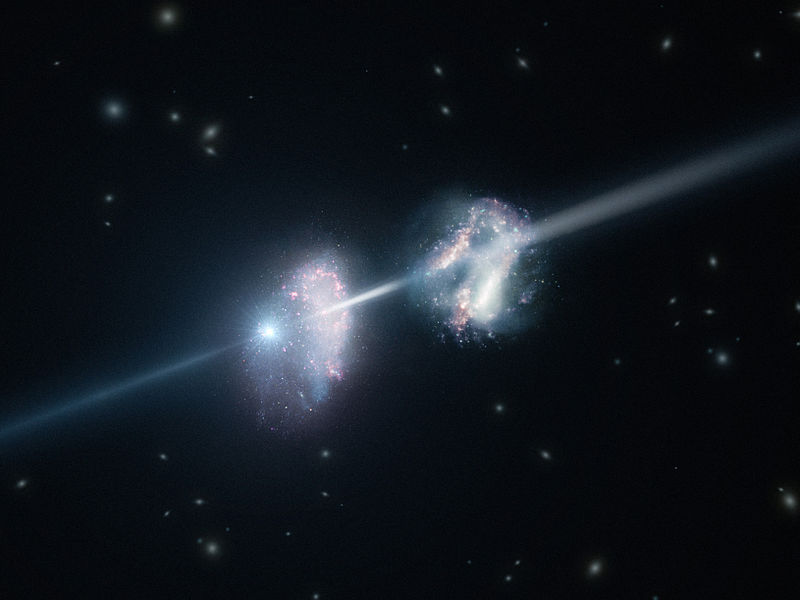

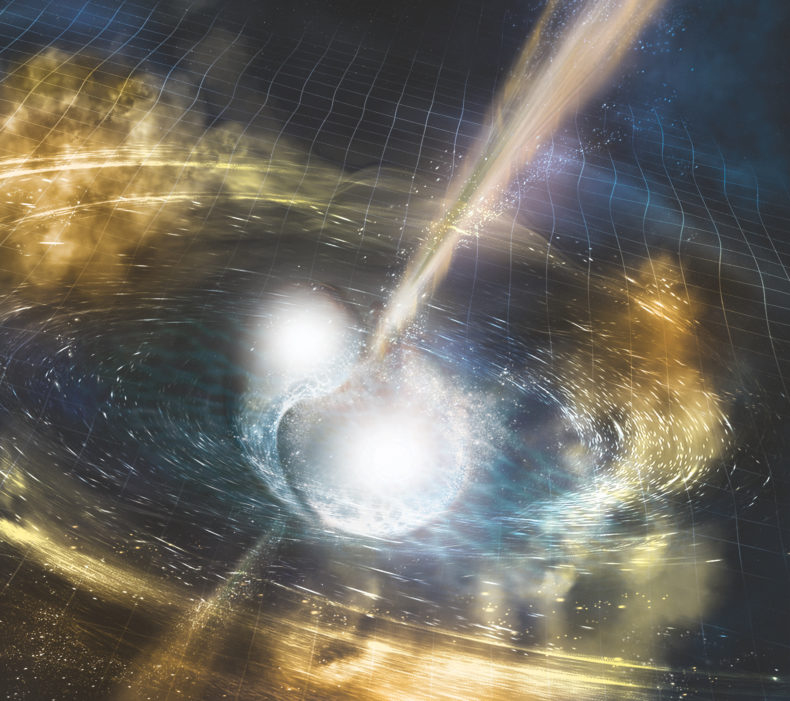 Last week Cassandra Willyard
Last week Cassandra Willyard 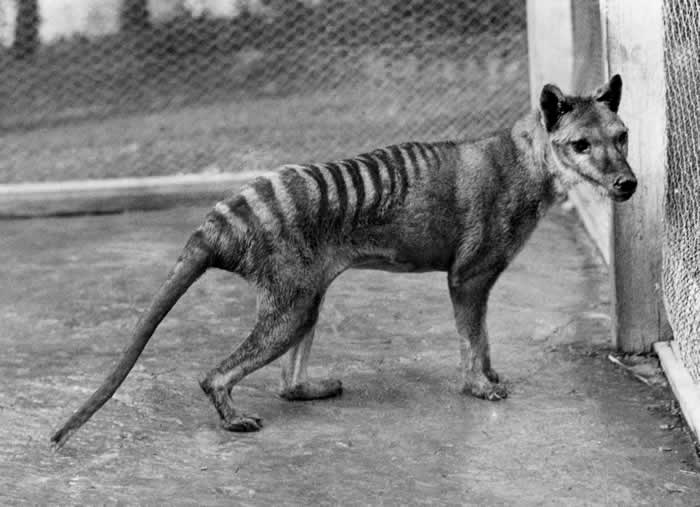 October 16-20
October 16-20